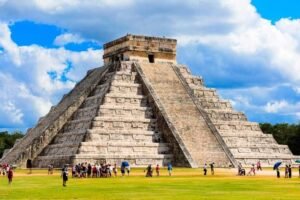
The Maya name “Chichen Itza” means “At the mouth of the well of the Itza.” This derives from chi’, meaning “mouth” or “edge”, and chʼen or chʼeʼen, meaning “well”. Itzá is the name of an ethnic-lineage group that gained political and economic dominance of the northern peninsula. One possible translation for Itza is “enchanter (or enchantment) of the water,”[5] from its (itz), “sorcerer”, and ha, “water”.[6]
The name is spelled Chichén Itzá in Spanish, and the accents are sometimes maintained in other languages to show that both parts of the name are stressed on their final syllable. Other references prefer the Maya orthography, Chichʼen Itzaʼ (pronounced [tʃitʃʼen itsáʔ]). This form preserves the phonemic distinction between chʼ and ch, since the base word chʼeʼen (which, however, is not stressed in Maya) begins with a postalveolar ejective affricate consonant. The word “Itzaʼ” has a high tone on the “a” followed by a glottal stop (indicated by the apostrophe).[citation needed]
The Yucatan Peninsula offers visitors a treasure trove of history, from the pre-Columbian archeological sites of the Maya civilization, to 16th century towns settled by the Spanish. Experience this history firsthand with a full-day tour from Cancun or the Riviera Maya. See the ancient Maya site Chichen Itza (admission not included) the pyramid of Kukulcan, and explore the architecture in Valladolid. After a busy day exploring, refresh yourself in the waters of the Saamal, and enjoy a delicious buffet meal. Visit Valladolid, Chichen Itza (own expense), and Saamal on a daylong excursion Enjoy time for souvenir shopping, photo ops at the sights, and swimming Get great inclusions—sight entry, buffet lunch, and cuisine demonstration Hotel pickup provided from Cancun, Playa del Carmen, and Riviera Maya hotels.


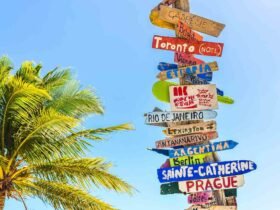

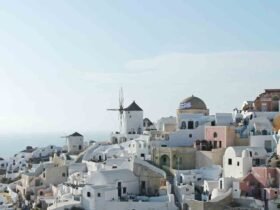














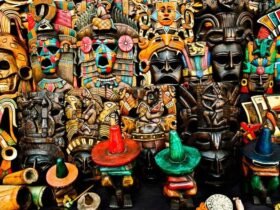
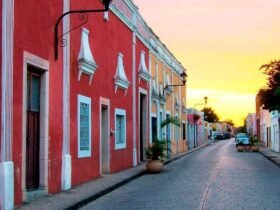



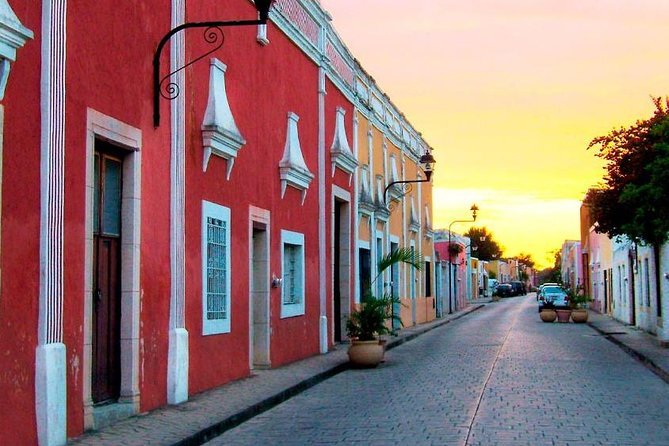

Leave a Reply
View Comments